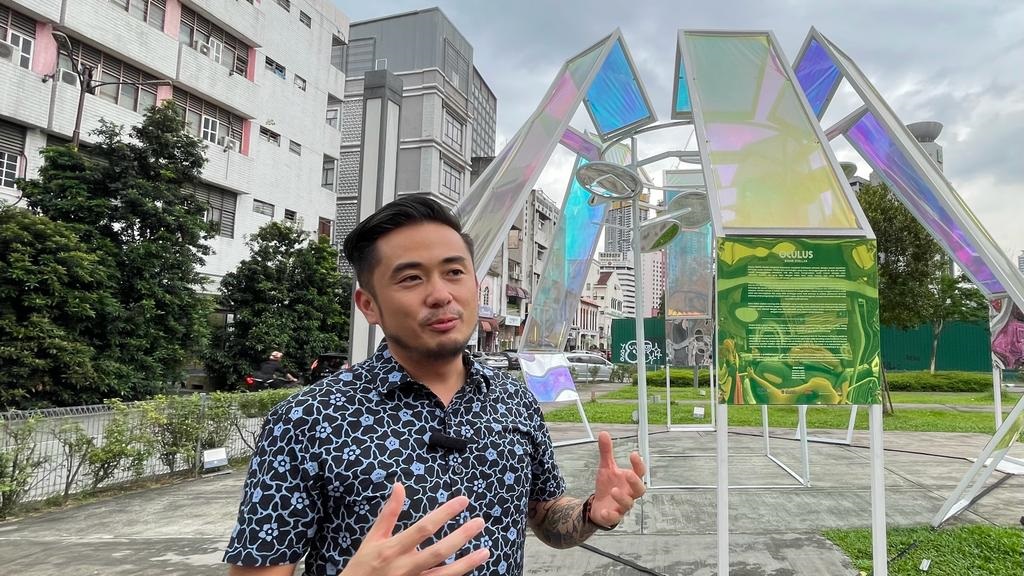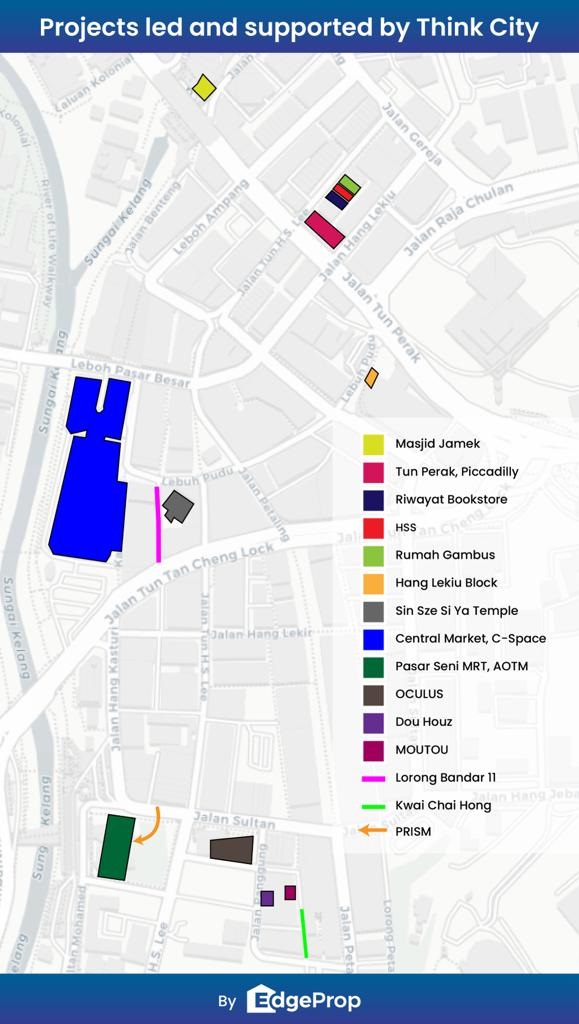
- Think City urban mechanics director Daniel Lim: Those that are restored will fetch a better value than those that are dilapidated. There is demand and there is value to all these restored shophouses.
KUALA LUMPUR (Jan 19): Think City is leading the urban revitalisation of downtown Kuala Lumpur (KL) with the Kuala Lumpur Creative & Cultural District Strategic Masterplan (KLCCD).
KLCCD is the key flagship project that is based on a strategic master plan that was drafted by the organisation, Kuala Lumpur City Hall (DBKL), and the National Heritage Department (JWN) in 2019 to develop the heritage core of KL, and using benchmarks from different parts of the world, from Singapore to Barcelona, and Hong Kong.
Downtown KL is very rich in history and culture, but it seems to be hollowing out after the administrations and banks moved outside of this area.
According to Think City urban mechanics director Daniel Lim, the organisation wants to to ensure that KL is as vibrant as what it was, inclusive enough for everybody, and to ensure there’s a good mix of local, new and global content.
Adaptive reuse to breathe life into old shophouses
Think City has been working with the shopowners/landlords in the area to restore the old, unused shophouses via the adaptive reuse method. One of the prominent projects is High Street Studios (HSS), a former backpacker hostel that’s transformed into a hub with retrofitting.
HSS came to life after the owner worked with the organisation via grants to open up the place. Now the building houses office space and small local businesses such as Riwayat Bookstore, Rumah Gambus and Batik Ruzzgahara, and a private pocket park that is also open to the public.

“It’s [HSS] more of a creative hub. It is very localised and very community-oriented. It is a place where people come together. It is about building community,” said Lim.
Other buildings that were restored with adaptive reuse were REX KL and 62-64 Tun Perak shophouses. According to Lim, the latter is the best practice conservation where it was restored back to what it was before. It was also meant to demonstrate the idea that a restored shophouse will fetch a better value.
In his opinion, those that are restored will fetch a better value than those that are dilapidated. There is demand and value to all these restored shophouses. But oftentimes, it depends on the ownership.
Grants programme to revive old buildings
Lim stated that Think City manages a grants programme, and it is a very important tool in their goals.
“We don't go in, take on the projects and do it all ourselves because then, there’s no ownership and no sustainability to it. So grants are what we use to make sure that there’s empowerment and enabling communities or individuals to be able to realise the ideas and own it,” he added.
In Budget 2024, the federal government has allocated a sum of RM20 million to Think City to rejuvenate and revitalise downtown Kuala Lumpur into a creative capital.
He also noted that Downtown KL has so many vacant buildings and “we should be optimising the buildings that we already have” sustainability wise.
“It’s not to build a new building with better materials. You are still importing materials here and there, and your carbon footprint is still high. A retrofitting of an old building is what real sustainability is all about. It is optimising what we have first,” he said.
An active downtown KL is also a safer space
When Think City was doing the 62-64 Tun Perak project, there were homeless people hanging out in the corridor area because it was unoccupied. It was important for them to create and demonstrate the value and the possibility. An active place is one of the solutions because vice activities will go to areas with less activities and less monitoring, Lim said.
“By activating the city, it makes it safer as well, which is very important. Then the vibrancy and everything else will happen. It’s not one thing or the other. It’s a mix of everything, it’s correlated. At the end of the day, what you want is nothing to be left empty,” he said.
Vibrant MRT station with art display
Meanwhile Arts On The Move (AOTM) was designed to connect arts with transit -- it’s to make someone’s commute back home more enjoyable. AOTM is a collaboration between Think City and Prasarana and supported by Yayasan Hasanah. Pasar Seni MRT station was chosen as the venue for its conducive common area and it’s connectivity with LRT Pasar Seni, garnering a large crowd during rush hour.
Currently, there are four installations by four artists at the Pasar Seni MRT station -- the viral golden arches (Sunnyside Up) by Pamela Tan at the MRT station staircase, recycled piece (The Forest) at the linked bridge between the Pasar Seni MRT and LRT station by Wendy Teo, a Sarawakian artist, and at the entrances to the station, there are PRISM, a light installation by Jun Ong and Oculus by Bono Stellar.
Looking to buy a home? Sign up for EdgeProp START and get exclusive rewards and vouchers for ANY home purchase in Malaysia (primary or subsale)!





